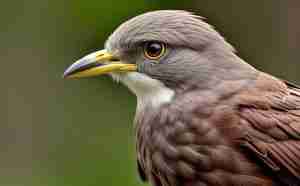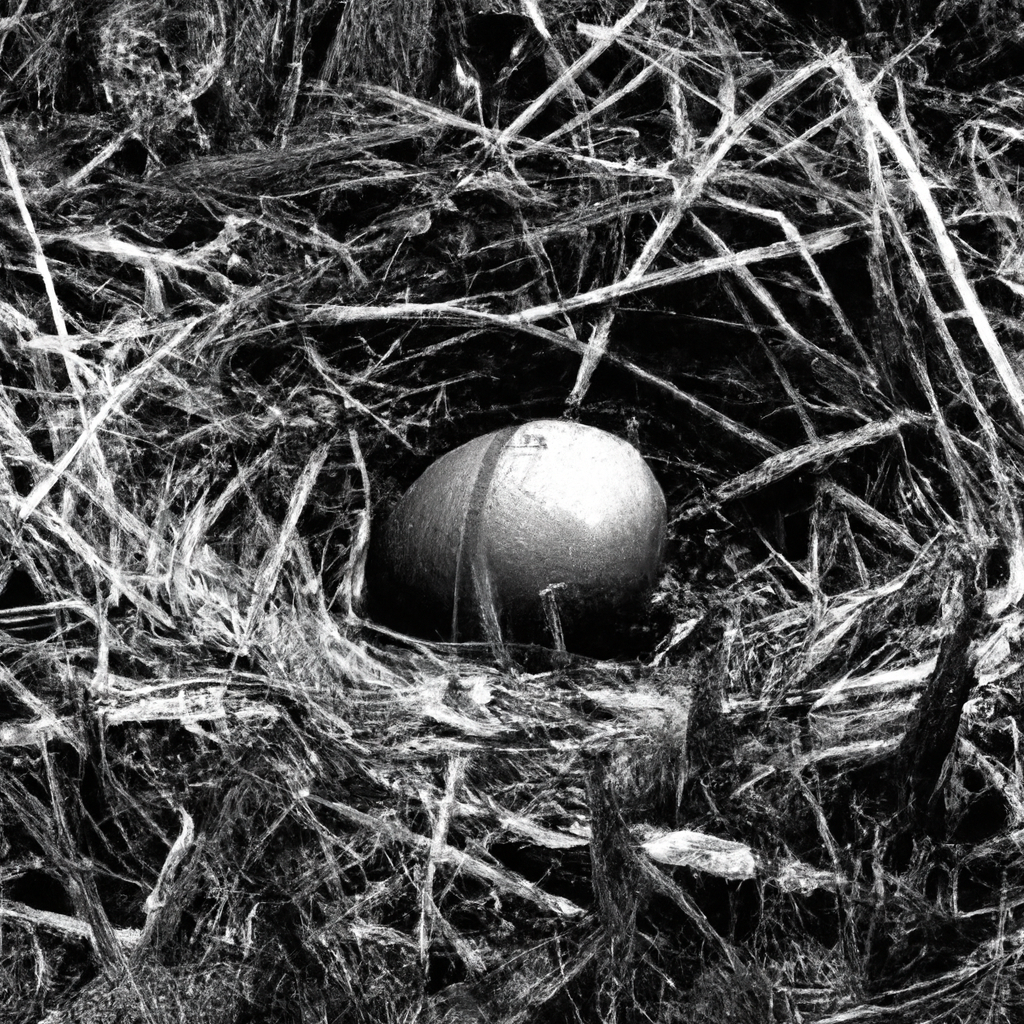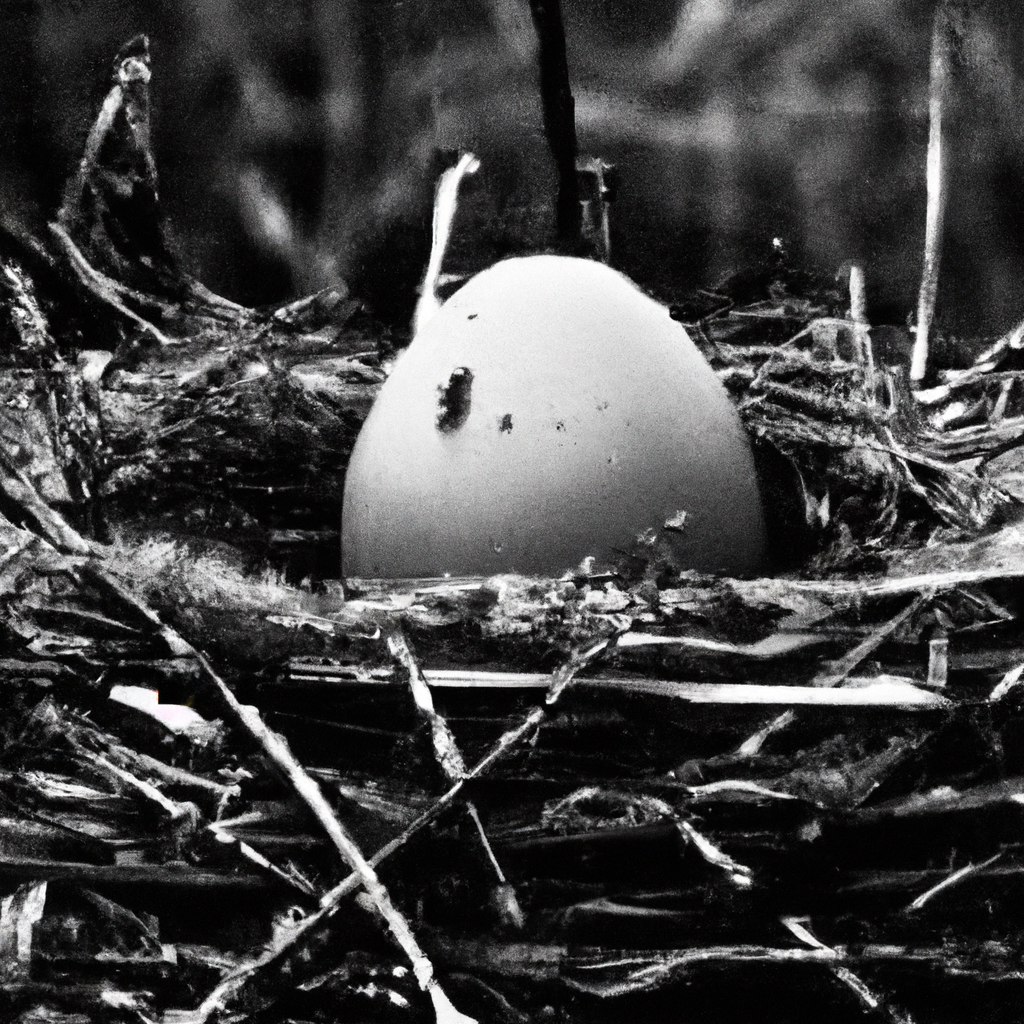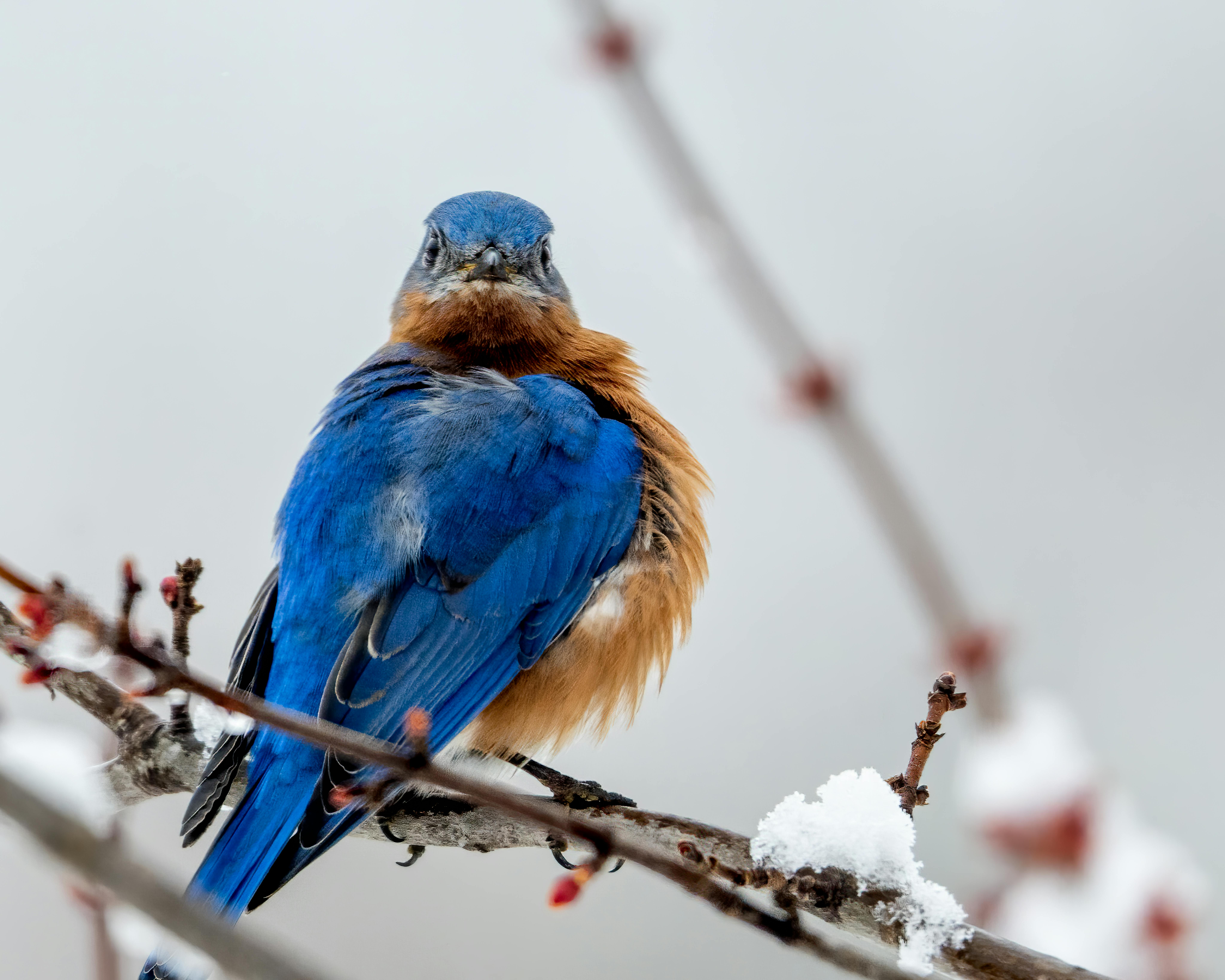[et_pb_section fb_built=”1″ _builder_version=”4.16″ global_colors_info=”{}”][et_pb_row _builder_version=”4.16″ background_size=”initial” background_position=”top_left” background_repeat=”repeat” global_colors_info=”{}”][et_pb_column type=”4_4″ _builder_version=”4.16″ custom_padding=”|||” global_colors_info=”{}” custom_padding__hover=”|||”][pac_divi_table_of_contents default_state=”closed” included_headings=”off|on|on|off|off|off” level_markers_1=”whole” _builder_version=”4.22.1″ _module_preset=”default” hover_enabled=”0″ global_colors_info=”{}” sticky_enabled=”0″][/pac_divi_table_of_contents][et_pb_text _builder_version=”4.22.2″ background_size=”initial” background_position=”top_left” background_repeat=”repeat” hover_enabled=”0″ global_colors_info=”{}” sticky_enabled=”0″]
Imagine a world where certain birds have mastered the art of trickery, deceiving other species into raising their offspring. This intriguing phenomenon, known as brood parasitism, has captivated scientists and bird enthusiasts alike for centuries. Through the captivating behavior of the cuckoo bird, we gain insight into the fascinating world of brood parasitism. This article explores the intricate strategies and curious adaptations that these birds employ, shedding light on an extraordinary chapter in the natural world. Get ready to embark on a journey uncovering the secrets of this unique survival tactic.

1. Overview of Brood Parasitism
1.1 Definition of brood parasitism
Brood parasitism is a fascinating phenomenon observed in various animal species, where one species relies on another species to raise its young. In brood parasitism, the parasitic species lays its eggs in the nest of the host species, leaving the host to care for its eggs or offspring. The host unknowingly assumes the responsibility of incubating, feeding, and raising the young of the brood parasite. This unique relationship between parasites and hosts has captured the attention of scientists and nature enthusiasts alike.
1.2 Types of brood parasites
Brood parasitism is seen across a range of animal groups, including birds, insects, marine species, and even plants. The most well-known brood parasites are birds, particularly the cuckoo birds. However, other species like some insects and fish also exhibit brood parasitic behavior. Interestingly, brood parasitism has independently evolved multiple times across different lineages, resulting in diverse strategies and adaptations in each group.
1.3 Examples of brood parasites
One of the most famous examples of brood parasitism is the relationship between cuckoo birds and their hosts. Cuckoos are known for laying their eggs in the nests of other bird species, leaving them to raise their young. Another example can be found in certain insects, such as bees and wasps, where parasitic species lay their eggs inside the nests of other closely related species. Even some fish species, like the brooder cichlids, exhibit brood parasitic behavior by sneaking their eggs into the nests of other fish for parental care.
1.4 Evolutionary advantages of brood parasitism
Brood parasitism offers several advantages to the parasitic species. By relying on the host to raise its young, the brood parasite saves energy, time, and resources that would otherwise be required for parental care. This allows the parasitic species to allocate more resources towards reproduction and maximizing their overall fitness. Additionally, brood parasitism reduces the risks associated with incubating and raising eggs, as the host assumes these responsibilities. This unique reproductive strategy has proven to be successful and has persisted across various species throughout evolutionary history.
2. Adaptations of Brood Parasites
2.1 Laying strategies
Brood parasites have developed diverse strategies to ensure successful laying of their eggs in the nests of host species. Some brood parasites exhibit synchronous egg-laying, where they time their egg-laying to coincide with the host’s nesting period. This reduces the chances of the host detecting and rejecting the parasitic eggs. Other brood parasites have evolved delayed egg-laying strategy, where they closely monitor the host nest, waiting for the opportune moment to lay their eggs when the host is least likely to notice.
2.2 Egg mimicry
One of the remarkable adaptations observed in brood parasites is their ability to mimic the eggs of their hosts. This egg mimicry serves as a means of deception, fooling the host into accepting the parasitic eggs as their own. Brood parasites have evolved to produce eggs that closely resemble those of their host species in terms of shape, size, color, and patterns. This remarkable mimicry reduces the likelihood of the host detecting the foreign eggs and increases the chances of successful incubation and hatching.
2.3 Nest mimicry
In addition to egg mimicry, some brood parasites have also evolved the ability to mimic the appearance of the host’s nest, further ensuring success in their parasitic endeavors. By mimicking the appearance of the host nest, the brood parasite reduces the likelihood of the host detecting the intrusion. This mimicry extends to the architecture and materials used in nest construction and helps in evading the host’s recognition and rejection of the parasitic eggs.
2.4 Host choice and recognition
Brood parasites demonstrate remarkable host choice and recognition abilities. They have evolved to recognize suitable hosts based on their nest characteristics, behavior, and even genetic cues. By accurately identifying potential hosts, brood parasites maximize their reproductive success and ensure that their offspring receive the required parental care from their unwitting hosts. Scientists are still unraveling the intricacies of these recognition mechanisms and the role of genetic compatibility in the context of brood parasitism.

3. Brood Parasitism in Birds
3.1 Common brood parasites among birds
Brood parasitism is well-documented in the avian world, with various bird species exhibiting this unique reproductive strategy. Alongside the infamous cuckoos, other birds such as cowbirds, honeyguides, finches, and some ducks also engage in brood parasitic behavior. Each of these bird species employs different tactics and adaptations to successfully parasitize their host’s nests.
3.2 Cuckoo birds as brood parasites
Cuckoos are perhaps the most well-known and extensively studied brood parasites among birds. Different species of cuckoos have evolved specialized strategies to exploit specific host species. Female cuckoos lay their eggs in the nests of host birds, often ones smaller than themselves, to minimize the risk of their eggs being detected. The eggs mimic the appearance of the host species, ensuring successful parasitism. Once hatched, the young cuckoo pushes the host eggs or nestlings out of the nest, monopolizing the parental care provided by the host.
3.3 Cuckoo-host interactions
The relationship between cuckoos and their host species is not always one-sided. Hosts have developed various mechanisms to recognize and reject cuckoo eggs from their nests. Some hosts have evolved egg discrimination abilities, where they can detect and remove the foreign eggs laid by the cuckoo. Others have developed cuckoo-specific defenses, such as building “false” nests or abandoning their own nests upon detecting the presence of a cuckoo egg. This ongoing evolutionary arms race between cuckoos and their hosts has led to intricate behavioral and physiological adaptations.
3.4 Behavioral adaptations of cuckoos
Cuckoos exhibit fascinating behavioral adaptations that aid in their brood parasitic lifestyle. Female cuckoos carefully select suitable host nests and closely monitor them for the perfect timing to lay their eggs. Some cuckoo species have even evolved a deceptive tactic known as “mafia behavior,” where they remove eggs or nestlings from host nests if their own eggs are rejected. This behavior serves as a deterrent, ensuring that hosts do not reject future attempts at parasitism.
4. Brood Parasitism in Insects
4.1 Insect brood parasites
Brood parasitism is not limited to birds; several insect species have also adopted this reproductive strategy. Insects like bees, wasps, and beetles have evolved to exploit the nests of closely related species for the rearing of their own offspring. Insect brood parasites demonstrate a range of adaptations and strategies that allow them to lay their eggs and ensure their survival at the expense of their host’s offspring.
4.2 Examples of brood parasitic insects
One well-known example of an insect brood parasite is the cuckoo bee. Cuckoo bees lay their eggs in the nests of other bee species, taking advantage of the hard work and parental care provided by their hosts. They often synchronize their egg-laying with the development stages of the host larvae to maximize their chances of success. Similar brood parasitic behavior is observed in certain wasp species, where the parasitic wasp larvae feed on the resources intended for the host larvae, eventually killing them.
4.3 Strategies used by insect brood parasites
Insect brood parasites employ a variety of strategies to ensure their eggs are accepted by their hosts. Some species have evolved chemical camouflage, where the eggs or larvae emit substances that mimic those produced by the host species. This deception fools the host into accepting the parasitic offspring. Other strategies include physical aggression, where the brood parasite larvae eliminate or outcompete the host larvae for resources, ensuring their own survival and development.
4.4 Coevolution between insects and their hosts
The relationship between insect brood parasites and their hosts often leads to coevolutionary dynamics. Hosts develop various counter-strategies to defend against parasitism, such as recognizing and removing parasitic eggs, constructing barrier cells within the nest, or altering nesting behavior. In response, brood parasites evolve counter-adaptations to overcome the host defenses and increase their success rates. This ongoing evolutionary arms race has likely contributed to the incredible diversity of adaptations seen in insects engaging in brood parasitism.

This image is property of images.pexels.com.
5. Impacts of Brood Parasitism on Hosts
5.1 Costs incurred by host species
Brood parasitism can have significant costs to host species. Hosts invest time, energy, and resources into incubating and raising parasitic eggs or offspring, diverting these resources from their own reproductive success. Additionally, the parasitic eggs or offspring often outcompete and reduce the survival of the host’s own young, further diminishing their fitness. The burden of caring for parasitic offspring can potentially weaken host populations and hinder their ability to successfully raise their own offspring.
5.2 Host defenses against brood parasites
Hosts have evolved various defenses to mitigate the impacts of brood parasitism. Some hosts have developed egg recognition abilities, allowing them to detect foreign eggs and remove them from their nests. Others have evolved behavioral defenses, such as mobbing or attacking brood parasites to prevent them from laying their eggs. Hosts can also exhibit nest site selection strategies that reduce the likelihood of being parasitized. These defenses play an important role in reducing the costs imposed by brood parasites.
5.3 Manipulation of host behavior
Brood parasites often manipulate the behavior of their hosts to ensure their own reproductive success. Some brood parasites, through chemical or vocal mimicry, trick hosts into providing additional parental care to the parasitic offspring. This manipulation often comes at the expense of the host’s own offspring, as the limited parental care resources are diverted towards the parasitic young. Manipulation of host behavior is a fascinating adaptation that brood parasites have evolved to maximize their reproductive fitness.
5.4 Long-term consequences for host populations
The impact of brood parasitism on host populations can have long-term consequences. If the cost of raising parasitic offspring becomes too high, it can lead to a decline in host populations. This population decline may have cascading effects on entire ecosystems, as hosts play important roles in ecological processes such as pollination, seed dispersal, and pest regulation. Understanding the ecological dynamics of brood parasitism and its effects on host populations is crucial for conservation efforts and maintaining the balance of ecosystems.
6. Coevolution and Arms Race
6.1 Coevolutionary dynamics of brood parasites and hosts
The interaction between brood parasites and their hosts often involves coevolutionary dynamics. As hosts develop defenses to mitigate the impacts of brood parasitism, brood parasites evolve counter-adaptations to overcome these defenses. This coevolutionary process can result in an ongoing arms race between parasites and hosts, with each party continually innovating and responding to the adaptations of the other. These coevolutionary dynamics contribute to the remarkable diversity of strategies and adaptations observed in the world of brood parasitism.
6.2 Counter-strategies developed by hosts
Hosts employ a range of counter-strategies to defend against brood parasitism. They may evolve traits that allow them to recognize and reject parasitic eggs or offspring. Additionally, hosts can modify their nesting behaviors or locations to reduce the chances of parasitism. Some species have also developed cooperative breeding systems, where multiple individuals help in rearing offspring, reducing the burden placed on individual parents and minimizing the impact of brood parasitism.
6.3 Brood parasites’ counter-adaptations
Brood parasites have evolved various counter-adaptations to overcome the defenses of their hosts. They continually refine their egg mimicry, making it more difficult for hosts to distinguish between their eggs and those of their own species. Some brood parasites have also developed immune systems that suppress the recognition and rejection responses of hosts. Behavioral adaptations, such as aggression or manipulation of host behavior, further enhance the chances of successful brood parasitism.
6.4 Ongoing arms race between parasites and hosts
The coevolutionary arms race between brood parasites and hosts shows no signs of ending. As hosts develop new defenses, brood parasites evolve new strategies to overcome them, leading to a continuous cycle of adaptation and counter-adaptation. This arms race has likely contributed to the incredible diversity of adaptations and behaviors observed in brood parasites across different animal groups. Understanding this ongoing evolutionary battle sheds light on the complex interactions between species and the dynamics of coevolution.

7. Brood Parasitism in Marine Species
7.1 Marine animals practicing brood parasitism
Brood parasitism is not limited to terrestrial environments; marine species have also adopted this reproductive strategy. Several marine birds, such as the frigatebirds and some gulls, engage in brood parasitic behavior. Additionally, certain crustaceans and fish species, such as blennies and sand gobies, have been observed exhibiting brood parasitism in marine habitats. These marine brood parasites face unique challenges and adaptations compared to their terrestrial counterparts due to the different environmental conditions and resource availability.
7.2 Examples of marine brood parasites
One interesting example of marine brood parasitism is observed in frigatebirds. Female frigatebirds lay their eggs in the nests of other frigatebirds, relying on them to provide parental care. The parasitic eggs mimic the appearance of the host species’ eggs, increasing the chances of successful incubation and hatching. Similar brood parasitic behavior is observed in certain fish species, such as the sand goby, where parasitic females lay their eggs in the nests of other sand gobies to be cared for by the host male.
7.3 Adaptations for brood parasitism in marine environments
Brood parasites in marine environments face unique challenges and have developed specific adaptations to ensure their reproductive success. Marine brood parasites may have evolved strategies to lay their eggs in host nests that are submerged or floating, such as choosing specific nest sites or relying on adhesive substances to attach the eggs to surfaces. They may also synchronize their reproductive timing with preferred host species to increase the chances of successful parasitism. The marine environment presents a different set of constraints, and brood parasites in this habitat have adapted accordingly.
7.4 Challenges and advantages of marine brood parasitism
Brood parasitism in marine environments presents both challenges and advantages for the parasites. Marine brood parasites face the difficulties of finding suitable host nests and laying their eggs within the dynamic and vast marine ecosystem. However, the marine environment also provides opportunities for successful parasitism, with ample resources and diverse host species available. Understanding the ecological dynamics of brood parasitism in marine species is important for conservation efforts and for comprehending the intricacies of marine ecosystems.
8. Brood Parasitism in Plants
8.1 Plant species engaging in brood parasitism
While brood parasitism is commonly associated with animal species, some plant species have also evolved to engage in this form of parasitism. These plants, often referred to as “brood parasites,” rely on other plant species for nutrients and reproduction. Plant brood parasites differ from their animal counterparts in that they parasitize other plants through various mechanisms rather than laying eggs in host nests. This unique form of brood parasitism has evolved in a few plant lineages and is an intriguing example of exploitation and adaptation.
8.2 Floral mimicry and deceptive signals
One of the adaptations that plant brood parasites have evolved is floral mimicry, where they mimic the appearance and scent of their host plants’ flowers. This mimicry serves to attract pollinators, tricking them into visiting the brood parasite flowers and aiding in pollination. Additionally, plant brood parasites can emit chemicals that deceive their host plants into allocating more nutrients and resources towards them. Through these deceptive signals, plant brood parasites exploit their hosts and reduce their own resource requirements.
8.3 Hormonal manipulation of host plants
Plant brood parasites have also evolved the ability to manipulate the hormonal balance of their host plants. They produce chemicals that interfere with the growth and development of host plants, redirecting resources towards the brood parasite. By manipulating host physiology, plant brood parasites enhance their chances of survival and reproduction. This hormonal manipulation leads to altered growth patterns, reduced reproductive success, and ultimately benefits the brood parasite at the expense of the host plant.
8.4 Benefits and costs of plant brood parasitism
Plant brood parasitism offers several advantages to the parasites. By relying on hosts for nutrients and reproduction, plant brood parasites can allocate more resources towards their own growth and seed production. Additionally, the mimicry and deceptive signals used by plant brood parasites increase their chances of successful pollination and seed dispersal. However, this type of parasitism can also come at a cost to the host plants, as they allocate resources and energy towards supporting the brood parasite, potentially negatively impacting their own fitness.

9. Conservation and Brood Parasitism
9.1 Threats to brood parasites
Brood parasites face numerous challenges and threats that can impact their populations. Habitat loss and fragmentation, climate change, and changes in host populations can disrupt the delicate balance between brood parasites and their hosts. Brood parasites are often specialized in their host choice and adaptations, making them vulnerable to changes that affect their host availability or behavior. Ensuring the conservation of brood parasites is crucial for maintaining healthy ecosystems and preserving the intricate web of interactions that they participate in.
9.2 Conservation initiatives for brood parasites
Conservation efforts for brood parasites involve various strategies aimed at protecting both the parasites and their host species. Creating and preserving suitable habitats that support diverse host populations is essential for the survival of brood parasites. Additionally, raising awareness among communities and policymakers about the ecological importance of brood parasites can promote conservation initiatives. Conservation programs focusing on habitat restoration, minimizing human disturbance, and reducing the threats to brood parasites can help secure their future.
9.3 Balancing conservation efforts for both parasites and hosts
Conservation efforts for brood parasites must strike a balance between protecting the parasites and the hosts. While brood parasites are fascinating and unique species, it is important to ensure that protecting them does not come at the expense of the host species. Effective conservation strategies involve considering the needs and conservation status of both brood parasites and their hosts, implementing measures that maintain the delicate ecological balance between these species.
9.4 Understanding the ecological role of brood parasitism
Studying brood parasitism provides valuable insights into the ecology and evolutionary dynamics of species interactions. Brood parasitism plays a role in shaping ecosystems by influencing host populations, community structure, and the flow of energy and resources. Understanding the ecological role of brood parasitism is crucial for comprehending the complexity of natural systems and informs conservation and management decisions. By unraveling the intricacies of brood parasitism, scientists can contribute to the preservation of biodiversity and the integrity of ecosystems.
10. Intriguing Examples of Brood Parasitism
10.1 The deceptive practices of the African cuckoo finch
The African cuckoo finch is an intriguing example of brood parasitism. This species lays its eggs in the nests of other bird species, often the tawny-flanked prinia. The cuckoo finch eggs closely resemble the prinia’s eggs in color and size. However, they have a unique ability to mimic the host’s eggs at various stages of development, ensuring their acceptance by the unwitting host. The cuckoo finch hatchlings even mimic the begging behavior of the host’s own offspring, ultimately outcompeting the prinia nestlings for parental care.
10.2 The brood parasitic relationship between honeyguides and honey badgers
In certain African ecosystems, honeyguides and honey badgers participate in a fascinating brood parasitic relationship. Honeyguides lead honey badgers to beehives, where the badgers break open the hive to access the honey. The badgers are unable to retrieve all the honey, leaving behind wax and bee larvae, which the honeyguides feed on. The honeyguides benefit from exploiting the badgers’ honey extraction skills while providing the badgers with an additional food source. This mutualistic brood parasitic relationship showcases the intricacies of coevolution and resource sharing between species.
10.3 The mimicry and manipulation of paper wasps
Paper wasps are known for engaging in brood parasitism, wherein they lay their eggs in the nests of other wasp species. The eggs of the parasitic wasps mimic the appearance of the host species, reducing the chances of detection and rejection. However, what is truly fascinating is the manipulation of host behavior by some parasitic wasps. They lay their eggs alongside those of the host, but their larvae develop faster, eventually consuming the host offspring. The parasitic wasp larvae also release chemicals that alter the behavior of the remaining host larvae, ensuring their own survival and monopolizing the parental care provided by the host.
10.4 The unique case of brood parasites in fish
Brood parasitism is generally associated with birds and insects, but some fish species have also adopted this reproductive strategy. The snakehead fish is an intriguing example, where females lay their eggs directly into the nests of other fish species. The parasitic snakehead larvae outcompete the host larvae for resources, ensuring their own survival and development. This unique case of brood parasitism in fish demonstrates the versatility of this reproductive strategy and highlights the diverse adaptations that have evolved across animal lineages.
[/et_pb_text][/et_pb_column][/et_pb_row][/et_pb_section]



